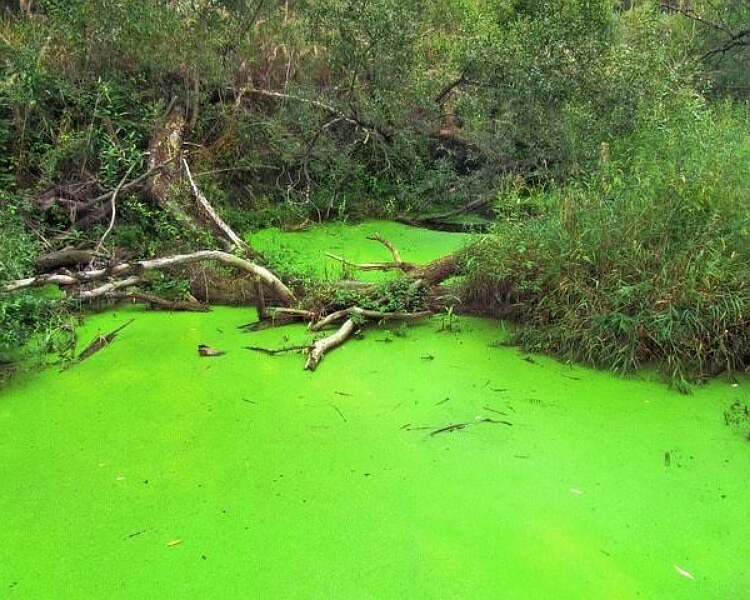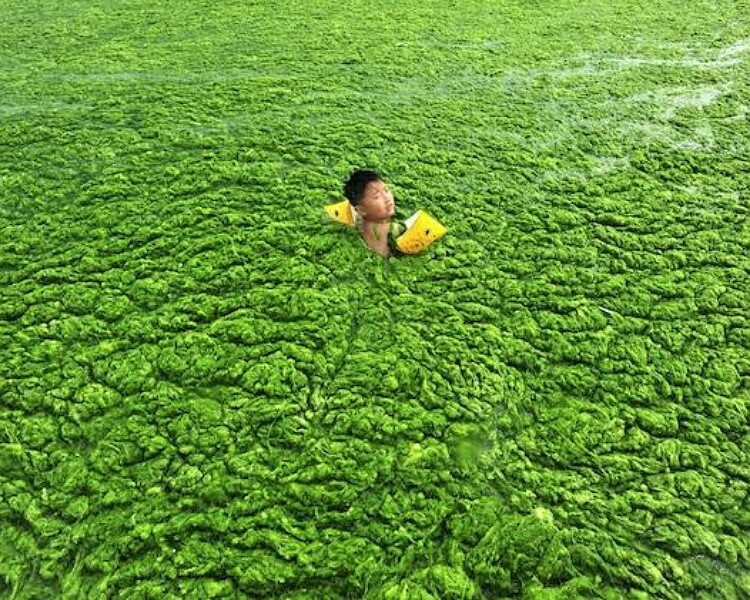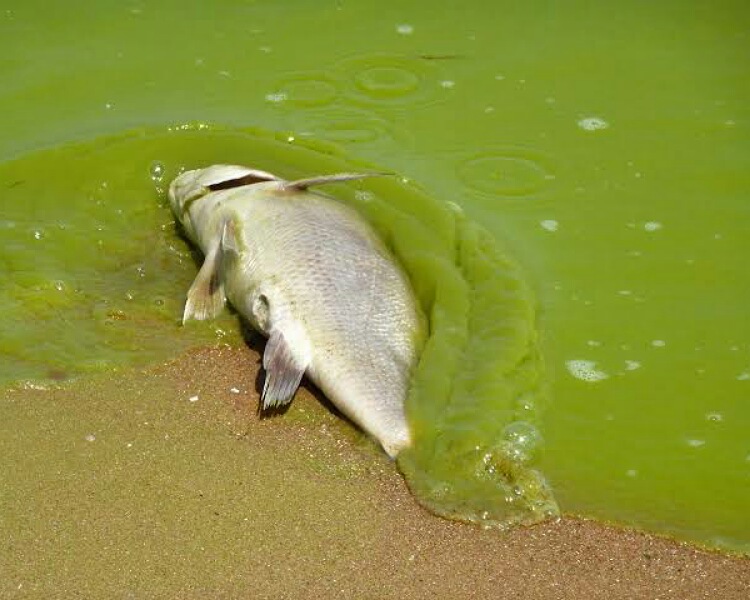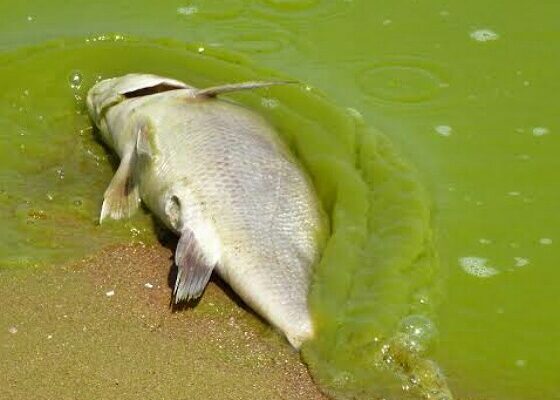Algae are nutritious and sustainable source of nutrients for the increasing world population. But algae bloom is detrimental. Coastal areas of the world including China are facing threat from these algal hyperproliferation. This affects sea life, water transport and tourism. What measures is China taking against this bloom?
Algae bloom and its threat
Algae are neither plants not animals. They are aquatic, nucleus-bearing, photosynthetic organisms that are also nutritious and delicious. They could be the food of the future due to their high protein, healthy fats, minerals, vitamins, and antioxidants content. They are also a sustainable source of these nutrients.
But excessive proliferation of these organisms are bad for humans and environment. Algae bloom is occurring in increasing amounts in coastal areas of the world. Pollution and climate change are responsible for this rise. The nutrients rich sewage efflux into the sea is conducive to their growth. But this growth is bad for humans and environment.

Ill-effects of the algal overgrowth
These excessive growths of algae emit a strong and offensive smell that is unbearable. Moreover, they form a thick layer that coats water and clogs beaches. The Chinese port city of Qingdao has been severely affected by this bloom. These lead to displacement of the fish and such marine life. And scarcity of these seafoods results.
The Shandong coastline was first affected by the bright green algal bloom in 2008 and now it is an annual phenomenon. This spread is noticed in around 9,290 square kilometers of the water. Turkey’s Sea of Marmara to south of Istanbul is also engulfed with a similar bloom. Water transport gets halted due to it and water tourism suffers. Fishing industry is at loss. These blooms have damaged even seabed life.

These outbreaks are becoming widespread and are seen even in California, Suez canal area and Florida. Florida is affected with the red variety of algae. And coastal life and marine life is suffering badly.
How to tackle the problem?
The problem needs government intervention. This is urgent and has to be fast and effective. Heavy machinery is required to clear the mess created by these algae. China is acting and the government has already put into force thousands of boats to deal with and lessen the problem. Powerful scoops are trying to clear the coastline of these dreaded blooms.
Click the link ahead to read more on Red tide: are seafoods safe to consume?
Moreover, methods to lessen the impact of climate change and pollution would reduce these damaging blooms. Aeration, addition of certain chemicals or biological agents to kill the algae and ultrasonic technology are also utilized to combat these excessive algal growths. But these methods have their pitfalls too. They require resources and money, time and efforts. Moreover, algaecides can kill the algae but they also contaminate and destroy the entire water ecosystem. This can harm humans, sea animals, and the soil.

Though sea foods are safe to consume during such natural calamities, the yield would be less. And fisher folks would have to wade deeper into the ocean to procure their catch. This requires time and efforts and can be dangerous too.
